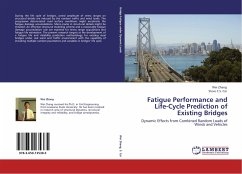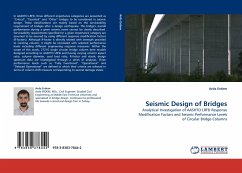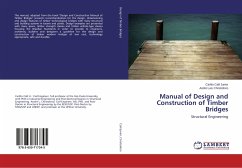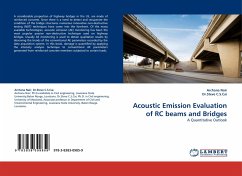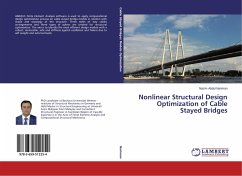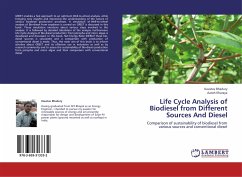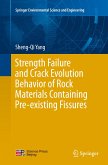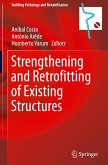During the life cycle of bridges, varied amplitude of stress ranges on structural details are induced by the random traffic and wind loads. The progressive deteriorated road surface conditions might accelerate the fatigue damage accumulations. Micro-cracks in structural details might be initiated. An effective structural modeling scheme and a reasonable fatigue damage accumulation rule are essential for stress range acquisitions and fatigue life estimation. The present research targets at the development of a fatigue life and reliability prediction methodology for existing steel bridges under real wind and traffic environment with the capability of including multiple random parameters and variables in bridges life cycle.
Hinweis: Dieser Artikel kann nur an eine deutsche Lieferadresse ausgeliefert werden.
Hinweis: Dieser Artikel kann nur an eine deutsche Lieferadresse ausgeliefert werden.

